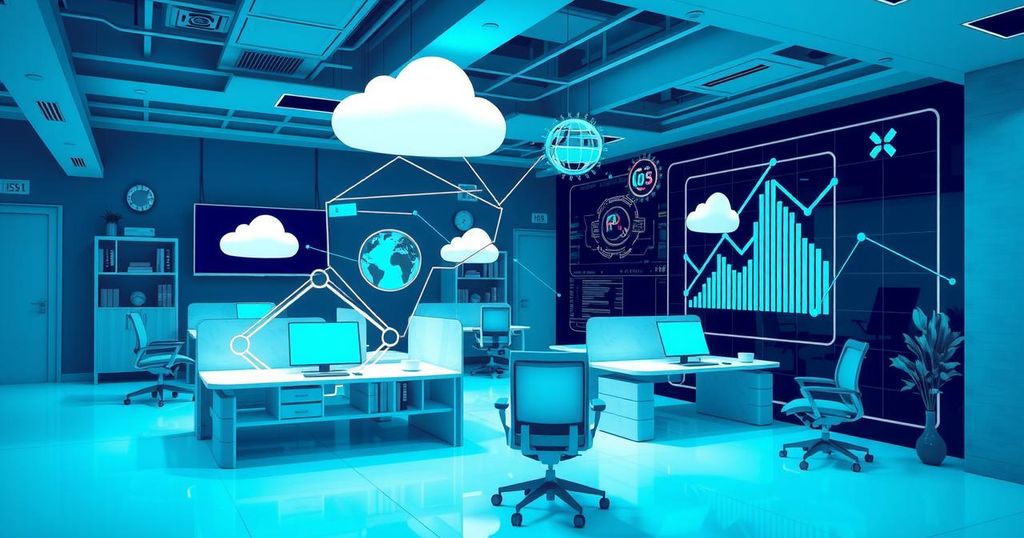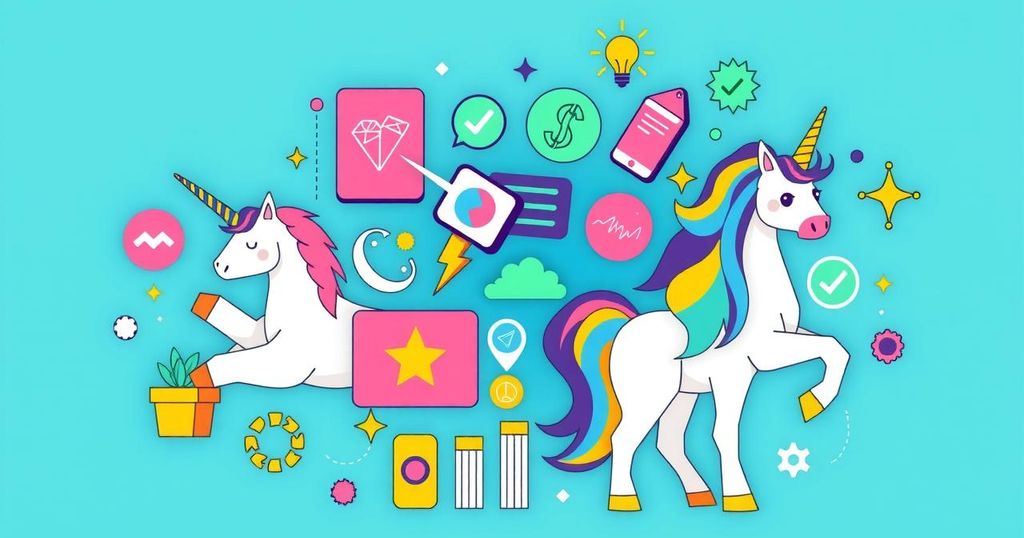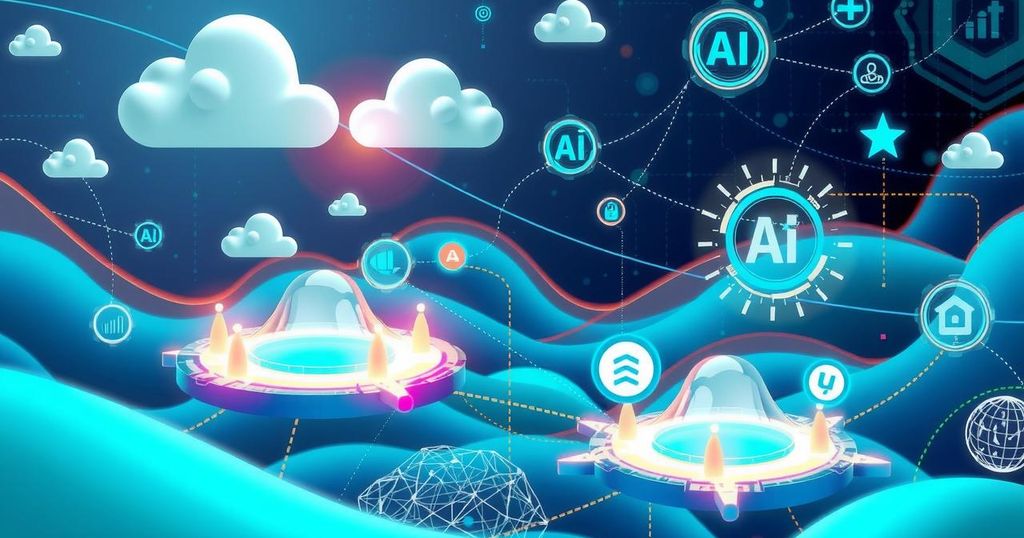2024 HR Technology Trends: Navigating the Future of Work
- Deloitte’s Human Capital Forward team predicts five crucial HR technology trends for 2024.
- Generative AI will transition from niche applications to core functionalities in HR solutions.
- Headless HR systems will enhance flexibility and user experience across multiple platforms.
- Total workforce intelligence will revolutionize management and decision-making processes.
- Digital identity management will become a common requirement in hiring and employment practices.
Innovative Trends Driving HR Technology Forward
The Future of HR Technology: Shaping Tomorrow’s Workforce Deloitte’s Human Capital Forward team has identified five key HR technology trends that are expected to reshape the landscape as we step into 2024. These trends focus on innovative solutions that integrate artificial intelligence and advanced analytics into existing HR processes. As organizations brace for the evolving demands of recruitment and employee engagement, it becomes increasingly important for HR leaders to tune into these forecasted changes and assess how they can efficiently adapt to them.
Generative AI: A Key Player in HR’s Future
Generative AI’s Expanding Role in HR Workforces Kicking off this trend report is an exploration of generative AI. This tech doesn’t just promise a smarter workforce; it’s projected to create around 10% of all data by 2025, fundamentally altering how HR operates. In 2024, expect generative AI capabilities to transition from occasional use cases to a standard feature embedded within multiple HR technologies. So, rather than just generating candid interview emails or summarizing performance feedback, it will enhance natural workflows across platforms like email and word processors. This is game-changing for HR, which has already utilized AI for years; with this integration, HR professionals will find themselves more equipped to automate tasks and gain fresh insights into workforce dynamics.
Headless Systems for Tailored HR Engagement
Headless HR Systems: Empowering User Experience The next prediction shines a spotlight on headless HR systems. These systems separate back-end processes from user interfaces, giving organizations the flexibility to build tailored experiences on multiple platforms. The expectation for the coming year is a significant uptick in the adoption of these systems. Companies will benefit from improved service integration as these systems become more interconnected, fostering better partnerships between HR tech solutions and existing tools. It’s like creating a custom interface for HR that meets users where they are—quite literally, in their preferred platforms. This move toward streamlined solutions is essential for modernizing the HR technology stack.
Harnessing Workforce Intelligence for Strategic Planning
Revolutionizing Workforce Intelligence: A New Paradigm Yet another noteworthy trend is total workforce intelligence (TWI). Companies are beginning to realize the power of data through a consolidated approach that merges internal workforce metrics with external labor market insights. This isn’t just about filling positions; it’s about optimizing hiring, planning, and training by using a comprehensive data framework. In a labor landscape increasingly favoring non-full-time work arrangements, TWI helps HR teams navigate hiring and management challenges more effectively. Expect organizations to utilize TWI for strategic workforce planning and sharpen their understanding of market talent, allowing for a more responsive approach to workforce changes.
Addressing the Needs of Frontline Workers
Deskless Worker Engagement: Tech for Everyone As the workforce evolves, the focus on deskless worker design emerges as another critical prediction. With a significant portion of workers—especially in retail and healthcare—operating away from desks, technology tailored specifically for them is vital. This design shift aims to bridge the gap for these essential workers, offering seamless access to tools that increase collaboration and productivity. By prioritizing mobile access and enhancing the frontline experience, HR tech can help elevate workplace culture and retain valuable talent. In 2024, investing in digital experiences for deskless workers will not just be a nice-to-have, but a necessity to ensure productivity and connection in a diverse work environment.
Ensuring Security Through Digital Identity Management
The Critical Role of Digital Identity Management in Hiring Last but not least, digital identity management emerges as a crucial aspect of the hiring process. Cybersecurity remains a pressing concern, and as our lives increasingly transition online, the importance of secure digital identities takes center stage. By 2024, organizations will heavily rely on robust digital identity systems that protect sensitive information while streamlining user experience. Advances in AI will enhance these verification systems, pushing businesses toward compliance with evolving privacy regulations. HR leaders must proactively invest in these technologies, ensuring they are prepared for a future where digital identity becomes a standard hiring requirement—simplifying processes and enhancing security.
In summary, as we look towards 2024, these five pivotal trends are set to transform HR technology. Generative AI will transition from specific applications to widespread integration, while headless systems will enhance user experiences across various platforms. Total workforce intelligence will provide deeper insights into labor market trends, focusing on the growing deskless worker segment and their unique needs. Lastly, digital identity management is poised to become an imperative part of hiring processes, ensuring organizations adapt to the digital landscape’s security demands. Keeping an eye on these innovations will be essential for HR leaders ready to navigate and leverage these shifts effectively.




Post Comment